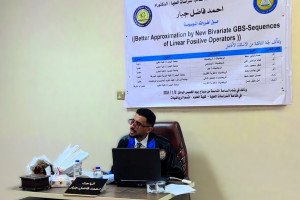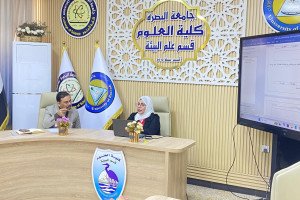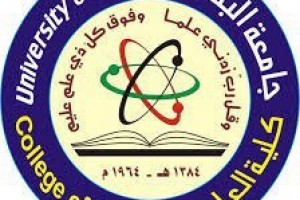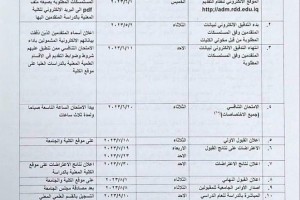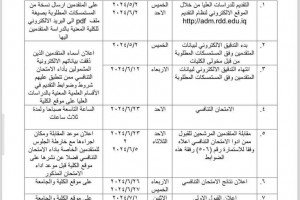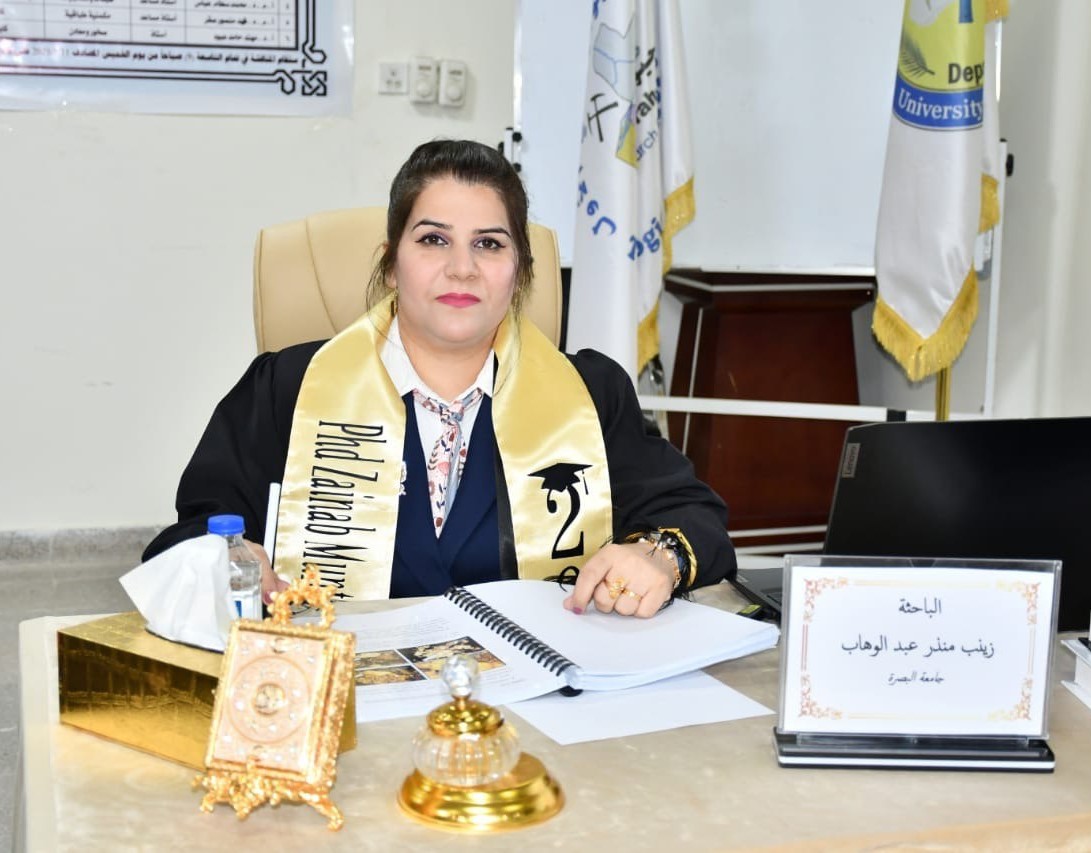
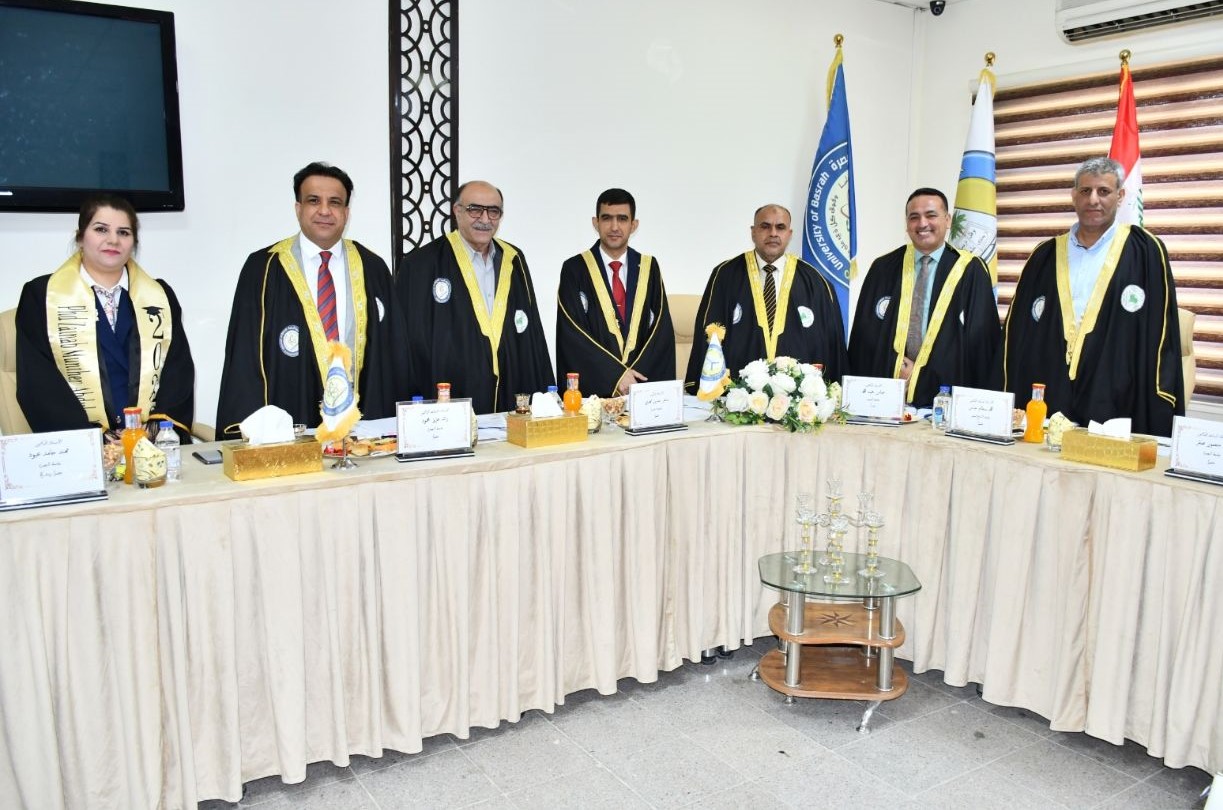
The Department of Geology at the College of Science discussed a PhD thesis entitled (A Sedimentary and Stratigraphic Study of the Mawdud Formation in Selected Fields in Southern Iraq)
The researcher Zainab Munther Abdel-Wahhab's thesis aims to aim at an integrated study in terms of sedimentation and lithology, building an architecture that forms the layers of the formation, drawing the sedimentary model for it, and studying the petrophysical and mineral characteristics of the formation.
The study included collecting data from the Basra Oil Company, studies and university dissertations on the subject, making thin slices of the formation layers, as well as a mineral analysis by X-ray, describing the probes and matching them with the results obtained from the thin slices in order to reach an integrated sedimentary model for the formation of Modud, studying the petrophysical properties of the formation and comparing the three fields.
The results reached a diagnosis of five main facies, the muddy limestone facies, the waky limestone facies, the compacted limestone facies, the granular limestone facies and the flaky limestone facies, and ten secondary facies. Laconic (swamp). The stratigraphic formation was divided into four sedimentary cycles. The transformational processes affecting the formation, such as micturition, cementation, dissolution, dolomite and recrystallization, were observed. The petrophysical properties of the formation were studied, such as shale size, porosity and mineralogy, depending on the sensors, where it was observed that the shale volume increased in the South Rumaila field, while the porosity decreased in the South Rumaila field and the increase in clay minerals in it, which negatively affects the petrophysical properties.
The study recommends conducting a more detailed study that includes the use of the microresistance probe (FMI) and the magnetic resonance sensor (NMR) in wells that do not contain cores to understand the characteristics of facies and their distribution, and compare them with other wells that contain cores, and drill new exploratory wells in the Artawi and West Qurna fields, and study The source rocks in them and the ability of formation to form oil in them.
